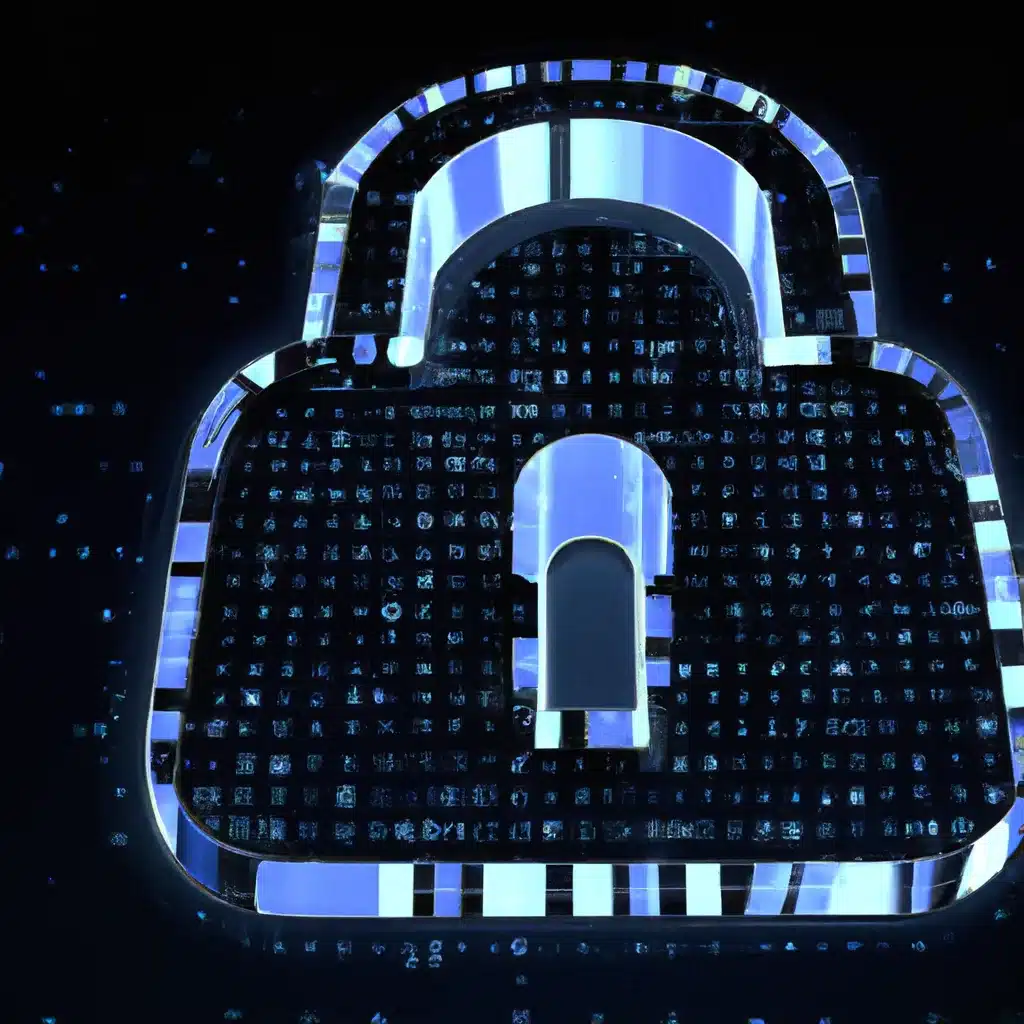
Cybersecurity threats in 2023: emerging trends and how to protect your data
In recent years, the landscape of cybersecurity threats has evolved dramatically, with 2023 presenting new challenges and opportunities for both individuals and organizations. As technology continues to advance, so do the tactics employed by cybercriminals, necessitating a proactive approach to safeguarding digital assets. This article explores the emerging trends in cybersecurity threats for 2023 and provides insights into effective strategies for protection.\n\nOne of the most significant trends in 2023 is the rise of ransomware attacks, which have become more sophisticated and targeted. Cybercriminals are increasingly using advanced encryption techniques to lock users out of their systems, demanding substantial ransoms for the release of data. These attacks are not only affecting large corporations but also small businesses and individual users. To combat this, organizations are investing in robust backup solutions and implementing comprehensive incident response plans.\n\nAnother concerning trend is the exploitation of artificial intelligence (AI) by cybercriminals. AI is being used to automate attacks, making them faster and more efficient. For instance, machine learning algorithms can be employed to identify vulnerabilities in systems and launch precision attacks. To counteract these threats, cybersecurity experts are developing AI-driven defense mechanisms that can detect and mitigate attacks in real-time.\n\nThe Internet of Things (IoT) continues to expand, with billions of connected devices worldwide. This presents a significant security challenge as many IoT devices lack adequate security measures, making them prime targets for hackers. In 2023, we are witnessing an increase in IoT-based attacks, where devices are hijacked to create botnets for distributed denial-of-service (DDoS) attacks. To address this, manufacturers are being urged to implement stronger security protocols and users are advised to regularly update their devices with the latest firmware.\n\nPhishing attacks remain a prevalent threat, evolving with the introduction of more convincing and personalized tactics. Cybercriminals are using social engineering to exploit human vulnerabilities, tricking users into revealing sensitive information. In response, organizations are focusing on employee training programs to enhance awareness and improve resistance to phishing attempts.\n\nThe shift to remote work has also introduced new security challenges. With employees accessing company networks from various locations, ensuring secure connections has become paramount. Virtual private networks (VPNs) and zero-trust security models are gaining traction as effective solutions to maintain data integrity and protect against unauthorized access.\n\nCloud security is another critical area of focus in 2023. As more businesses migrate to cloud platforms, ensuring data protection in these environments is essential. Cybersecurity experts emphasize the importance of implementing multi-factor authentication, encryption, and regular security audits to safeguard cloud-stored data.\n\nThe regulatory landscape is also evolving, with governments worldwide introducing stricter data protection laws. Compliance with regulations such as the General Data Protection Regulation (GDPR) and the California Consumer Privacy Act (CCPA) is crucial for organizations to avoid hefty penalties and maintain consumer trust.\n\nLooking ahead, cybersecurity in 2023 requires a multi-layered approach, combining technological advancements with human vigilance. Organizations and individuals must stay informed about the latest threats and continuously adapt their strategies to protect against the ever-changing cyber threat landscape. By prioritizing cybersecurity, we can mitigate risks and ensure a safer digital future.
